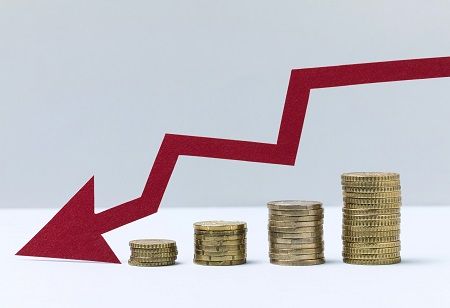
Japan’s drivers behind this spike in wholesale inflation were higher costs for rice, nonferrous metals, food, and oil. This indicates that companies continue to face pressure from rising raw material costs. Despite these rising costs, the yen-based import price index fell by 2.2% compared to the previous year, a smaller decline than the 2.5% drop in September. On a month-on-month basis, the index rose by 3.0%, as the yen weakened by 4.3% against the dollar, keeping import costs high.
Takeshi Minami, Chief Economist at Norinchukin Research Institute, noted that inflationary pressure on wholesale goods prices remains persistent. While consumption lacks momentum, wage increases are continuing, which raises the likelihood of a Bank of Japan (BOJ) interest rate hike in December.
Japan's wholesale inflation surged in October, reaching its highest annual pace in over a year. The Corporate Goods Price Index (CGPI), which tracks the prices companies charge each other for goods and services, climbed by 3.4% year-on-year, surpassing market forecasts of a 3.0% increase. This follows a 3.1% rise in September, marking the fastest growth since August 2023.
The Bank of Japan ended its negative interest rate policy in March and raised short-term rates to 0.25% in July, citing progress toward its 2% inflation target. Governor Kazuo Ueda emphasized the bank's readiness to raise rates again if inflation shifts from being driven by rising raw material costs to being fueled by strong domestic demand and wage growth.
A Reuters poll from early October showed that most economists expect the BOJ to raise interest rates by the end of March 2025, with some predicting a rate hike as early as December.

